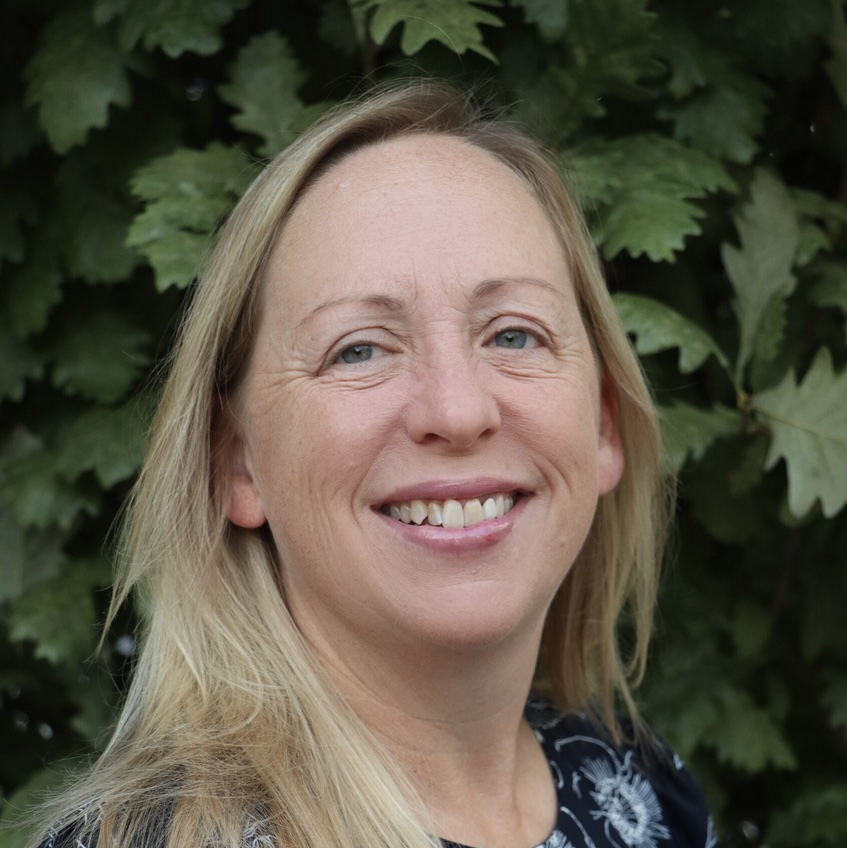
Joseph Kvedar, MD
Dr. Joseph Kvedar, Harvard Professor, Vice President of Mass General Brigham, and Chair of the American Telehealth Association (ATA), joined host Bill Russell to share his insight on the drastic transition of telemedicine in the last year.
Kvedar is a long-time proponent of digital care. He has worked closely with the ATA, an organization representing provider groups, suppliers, health plans, and payers through telehealth implementation.
“Our fundamental purpose is to be the sole advocacy group for the industry that moves the industry forward,” Kvedar said.
Previously serving as President of the Board in 2005, he was re-elected for a year-long term as Chair, beginning in April of 2020. In his time away from the role, the organization’s mode of operations changed significantly.
Initially, the ATA was supporting a formative industry, filled with proofs, pilots, and concept work. Now, telehealth is becoming a household word worldwide, Kvedar explained.
“We're learning what it means to be an implementation mode versus proof of concept or experimentation mode,” Kvedar said.
But what exactly is telehealth? The word itself, Kvedar explained, is fairly broad. It can be cover various categories like consults, virtual visits, e-visits, remote monitoring, and symptom checkers. Additionally, Kvedar noted that specialty niche telehealth companies are being created to offer efficient chat, e-mail, and text services instead of real-time calls.
According to Kvedar, the Covid-19 pandemic began with every type of appointment transferred to a televisit. With increased exposure, many patients now prefer telehealth due to experience quality, access, and convenience.
“We did everything that way, or as much as we could, and we shoehorned some things that probably should be done in the office into a telehealth environment,” Kvedar said.
He explained that doctors are not proactive enough to articulate what cases are appropriate to have in-person and virtually.
“There's probably 10 or 15% of interactions that we shouldn't have been doing by telehealth. We stretched to do it,” Kvedar said.
Currently, providers are performing 15-to-25% of their ambulatory activity via telehealth on average globally, he explained.
The data can vary between states, especially as second spikes of the virus are seen. For example, according to Kvedar, Massachusetts’s governor recently requested additional telehealth visits due to the rise in cases.
An even greater obstacle facing telehealth is Medicare.
According to Kvedar, Medicare operates under a law that only allows recipients to have telehealth appointments in a health-professional shortage area: a geographically-defined place where there are not enough physicians.
Though these regulations were set aside during the pandemic, sustaining telehealth beyond the crisis requires laws to be changed.
"Unless we change that law, we will have a very strong, downward draft on enthusiasm around telehealth. Because, as you know, as Medicare goes, so goes the rest of the payer community," Kvedar explained.
Currently, the ATA has a full agenda on Capitol Hill. According to Kvedar, some of their main goals are originating site law, licensure, and technology and privacy security.
While the organization is not in favor of a national licensure, they aim to help patients from different locations be able to follow-up at home with their physicians. This can be challenging for some due to state licensures that keep trade protectionism in place, he explained.
According to Kvedar, patients and consumers care deeply about medical privacy, making it necessary for the industry to increase security. It is a concern the ATA is currently working towards.
"We owe it to consumers and patients to have the top level of security we can,” Kvedar said.
Looking back at how technology has progressed in the last year, Kvedar sees more to fix with telehealth, one of which is the ease of connecting to video calls.
"We need more things that make it just easy for people...[to] make it as easy as a telephone," Kvedar said.
Other ways to further integrate with telemedicine are by providing devices such as home blood pressure cuffs and pulse oximeters.
"There's always problems to fix. We're better than we were, but we have; we still have a ways to go."
To learn more about this episode of This Week in Health IT, watch the full interview at www.thisweekhealth.com.
Tess Kellogg - Editor-in-Chief
Katie Talpos - Staff Writer


Questions about the Podcast?
Contact us with any questions, requests, or comments about the show. We love hearing your feedback.

© Copyright 2024 Health Lyrics All rights reserved